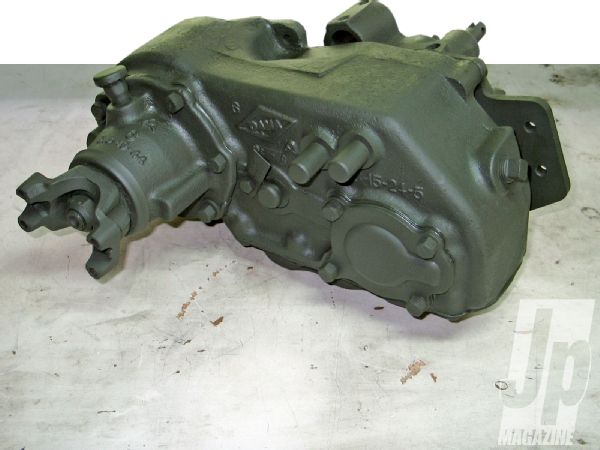
 Christian Hazel
Brand Manager, Four Wheeler
Christian Hazel
Brand Manager, Four Wheeler
Okay, okay, technically it's not a new T-case. But if you have a little common sense and a decent set of hand tools, you can make your Jeep's T-case as good as new in an afternoon. With the exception of some of the modern torque-biasing, full-time T-cases, there's really nothing to rebuilding these things. Crack 'em open, replace the bearings, seals, and thrust washers, and slap 'em back together. Maybe pay a little attention to the front output shaft endplay on the gear-driven models.

Novak Conversions offers very high-quality T-case rebuild kits for Jeep Spicer 18, Dana 20, Dana 300, and NP231 models. The PN 20MR rebuild kit we got for our '73 Commando's Dana 20 included all the necessary bearings, seals, gaskets, shim packs, and thrust washers, a full set of instructions, and Novak's unrivaled hardened intermediate shaft. In fact, we don't think there's a better intermediate shaft available for the Spicer 18, Dana 20, or Dana 300 T-cases. So follow along as we use Novak's $185.22 rebuild kit to make our Dana 20 like new in just a couple of hours at home.
PhotosView Slideshow












